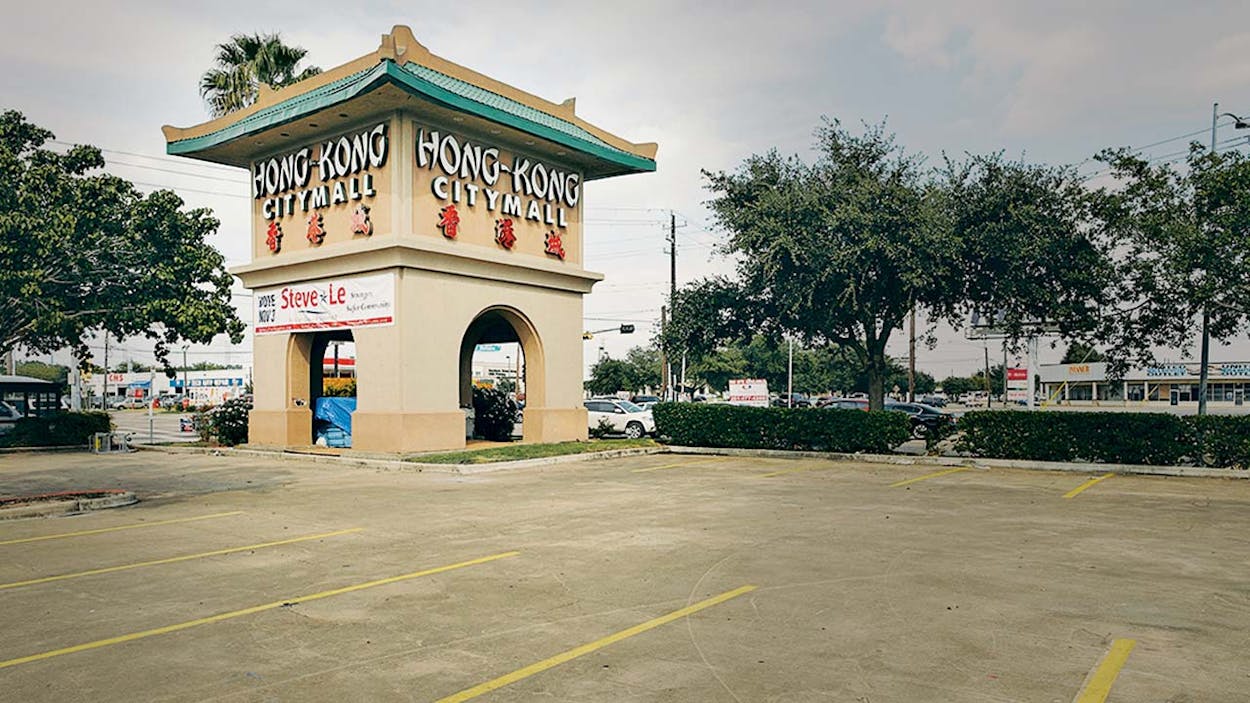Call it the Yao Ming effect. In 2002 the seven-foot-six basketball superstar brought in an audience of millions of Chinese television viewers for the Houston Rockets—viewers who, in turn, discovered that Houston was an international city with a booming Asian population. Before Yao’s arrival, many Chinese citizens didn’t know Houston from Boston—according to one prominent Chinese real estate agent in the city, the names sound alike to the Chinese ear—but his fame helped make Houston a destination for investors and immigrants alike.
Today, given the instability of China’s economy, it makes sense that the Chinese would continue to want to invest in something as relatively secure as American real estate. For years, foreign home sales have increased in cities on the U.S. coasts—San Francisco, Los Angeles, and New York—but this past year, China surpassed all other foreign countries in terms of properties purchased and dollars spent. And with increasing frequency, investors are coming to the Houston area, which now has a Chinese population of 86,000.
“Houston attracts Chinese investors because we have probably the largest Chinatown in the South,” says Kenneth Li, a broker with the Southwest Realty Group who is considered the unofficial mayor of Chinatown, which stretches along Bellaire Boulevard and Beltway 8. Li initially served the newcomers who were settling into single-family dwellings; soon enough they were looking for investment opportunities.
The market received a jet-fueled boost in 2013, when Air China began offering regular nonstop flights from Beijing. “My business from the investors in China has increased fifty percent in two years,” says Li. “My business from families looking to buy a home has increased fifteen percent.” Chinese businesspeople searching for good investments can get a better return on their money here, he says, because Texas home prices are a third of those in California and a quarter of those in New York. And young Chinese professionals are moving to Houston, having attended a university in the United States and now wanting a good school and a backyard for their growing families instead of an apartment or a condo in their home country, where, in cities like Beijing and Shanghai, prices are ten times as high.
This year, China became the second-largest international buyer of Texas real estate, accounting for 31 percent of foreign sales (Latin American buyers remain number one). Rocky Lai, a real estate investor who helped create the 3,700-acre master-planned community Riverstone, near Sugar Land, says that close to half of the home buyers living in the development are Asian, with a total of 25 percent who are Chinese. And the homes they are buying aren’t cheap. “Right now we’re averaging $180 per square foot versus the Houston average of $120 per square foot,” he says.
“You get to a tipping point where you have all these amenities and people feel comfortable settling in your city, because everything is available to them,” says former Houston councilman Gordon Quan. Southwest Houston has banks, restaurants, and businesses catering to the Asian market; in Sugar Land, the population is now 35 percent Asian. “In Houston, we have a Mandarin language immersion school that started two years ago,” Quan says. “Initially, we were trying to get parents to sign up, and now we have a waiting list of seven hundred students. It shows how people realize that the Chinese are the future, you know?”









